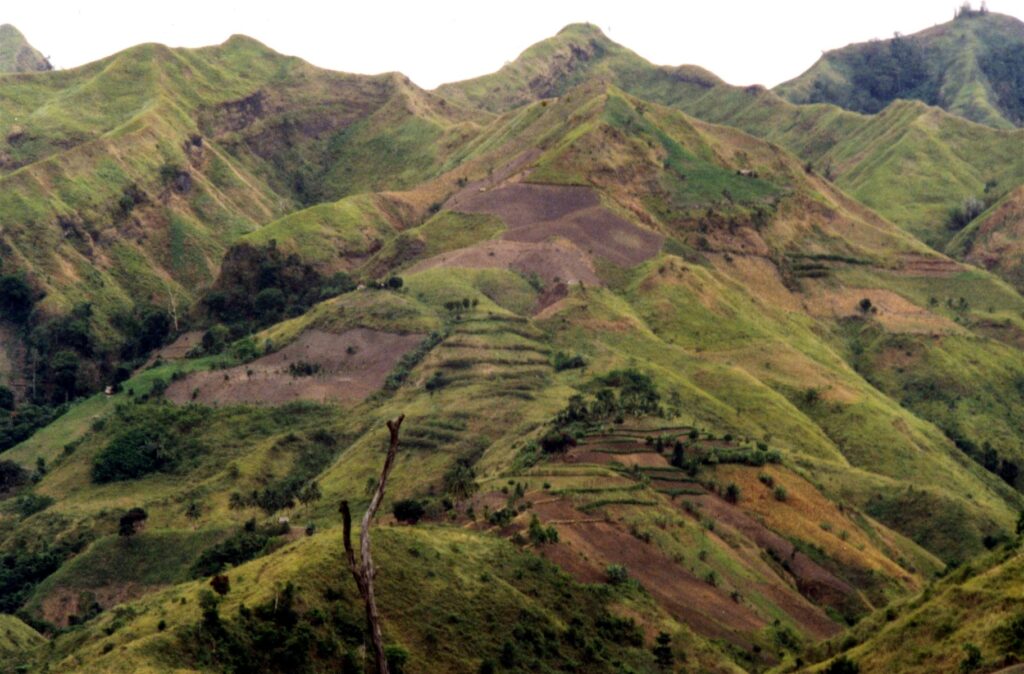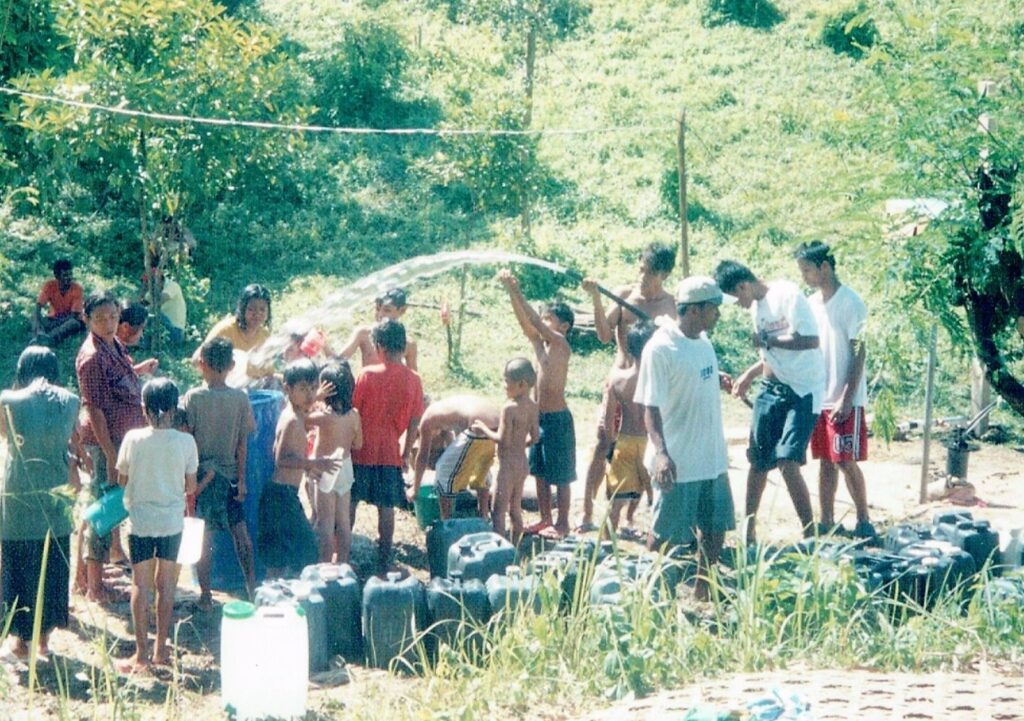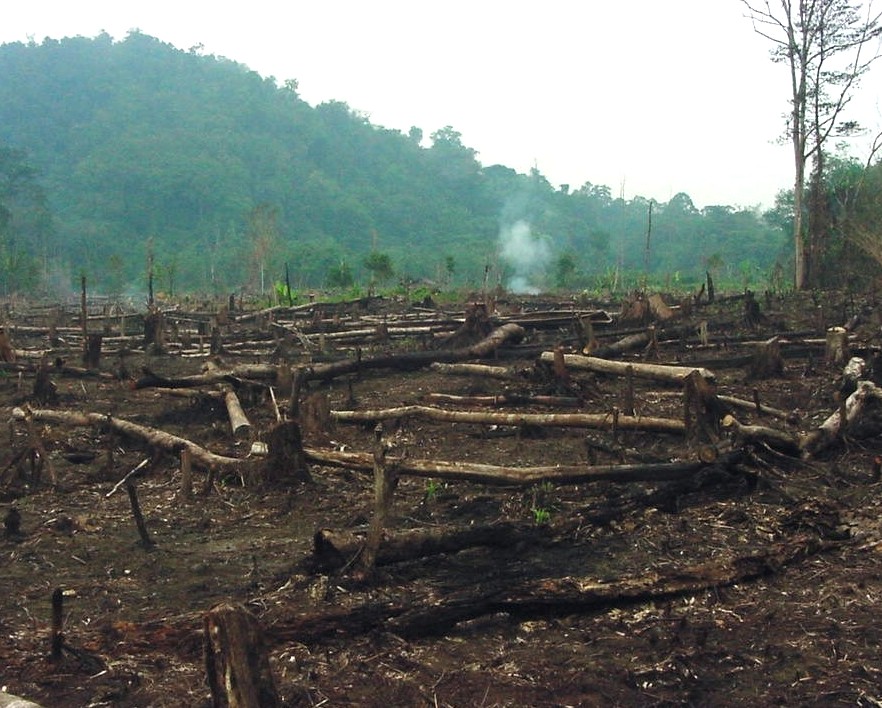Text and Photos by Henrylito D. Tacio
Davao City, the country’s biggest urbanite in terms of land area, is booming despite the ongoing pandemic. Construction of several establishments is sprouting just like mushrooms.
As the economy is booming, so is the population. From 124,034 people in 1950, Davao City is now home to almost two million – 1,886,401 to be exact, according to the World Population Review.
The booming economy and population explosion are enough to make the water demand skyrocket. The sad news is: Davao City is running out of water. The Interfacing Development Interventions for Sustainability (IDIS), an environmental group, estimates that by 2025, the city will experience a deficit of 69 million cubic meters (45% of the demand).
“This will likely happen considering the growing population and economic activities in the city,” IDIS warns. A person needs 4-5 gallons of water per day to survive, the United Nations Environment Program reminds.
It must be recalled that Davao was one of the cities that was identified as one of the nine major cities as “water critical areas” in a study done by the Japan International Cooperation Agency (JICA). These eight others were Metro Manila, Metro Cebu, Davao, Baguio, Angeles, Bacolod, Iloilo, Cagayan de Oro and Zamboanga.
“The rapid urbanization of the Philippines, with more than 2 million being added to the urban population annually, is having a major impact on water resources,” notes the Asian Development Bank (ADB) in its Asian Water Development Outlook some years back.
Contributing to the forthcoming water crisis is the destruction of the city’s watersheds. There are eight of them, including the Talomo-Lipadas watershed located in Toril District. “These watersheds are natural reservoirs for the pristine potable water that has been certified as one of the world’s cleanest drinking water,” IDIS says.
The sad thing is that these watersheds are facing some threats like rampant quarrying, wastes from livestock and poultry farms, and leachate, according to Lemuel Lloyd Manalo, an IDIS environmental research specialist.
The Talomo-Lipadas watershed – the city’s current source of drinking water – “continues to face threats of increasing livestock and poultry farms along its vicinity,” EDGE Davao roving reporter Maya Padillo reported quoting Manalo.
Barangays traversed by the Davao River Basin – Mandug, Dalagdag, Callawa, and Lampianao – “are the most dredged and extracted without replenishment intervals and threshold assessment due to illegal quarrying.”
The Matina Pangi watershed – which has 18 barangays – is not spared from environmental woes. It is “facing threats to leachate and effluents from the sanitary landfill in New Carmen (Davao del Norte) that pollutes the river quality,” Padillo wrote.

Denuded mountains 
Davao River 
Water shortage 
After deforestation
But the biggest threat still comes deforestation. In 2010, Davao City had 88,200 hectares, extending over 65% of its land area. In 2020, it lost 398 hectares of natural forest cover, the Global Forest Watch reported.
“Banana and pineapple plantations have assaulted the slopes of Davao City’s mountains, cutting down trees and converting forest land into monocrop plantations,” IDIS deplores. “Their non-compliance of a 50-meter buffer zone has resulted in further soil erosion and flooding in the lowlands.”
Not only that. “Rampant use of pesticides through aerial or boom spraying has also further heightened the risk of contaminating local aquifers and water tables,” IDIS adds.
But it seems only very few are listening to the warning. The only time people complain is when there is no running water in their faucet. What they don’t know is that the water crisis is related to the destruction of watersheds, those areas of land that drain rainwater into one location such as a stream, lake, or wetland – and all the underlying groundwater.
Larger watersheds contain many smaller watersheds. It all depends on the outflow point; all of the land that drains water to the outflow point is the watershed for all that outflow location.
Watersheds constitute about 75% of the total land area of the country. Our country has a total of 119 proclaimed and 154 priority watersheds with a total land area of 1,376,455.10 hectares and 11,690,695.00 hectares, respectively.
“The areas of proclaimed watersheds range from 20 to 180,460 hectares while the area of priority watersheds range from 365 to 837,149 hectares,” said Leila C. America, a research specialist of the Department of Science and Technology (DOST).
“Watersheds provide vital resources, which include soil, water, forest range, wildlife, and minerals. Water is a key watershed resource that can be used for power generation, agriculture, industry, domestic, drinking and others,” America said.
There lies the reason why we need to protect and save our watersheds.
Many of our watersheds, however, have been devoid of their forest cover. “As a result, accelerated soil erosion, flash flooding, and drought have become more prevalent causing much destruction,” America said.
Thus, one of the culprits why the city proper is almost always flooded when there’s heavy rain is because of the denudation of the watershed areas in the upper portion of the city.
Now, remember the words of the late Environment Secretary Paz L. Lopez? “A watershed is a watershed is a watershed,” she said.

